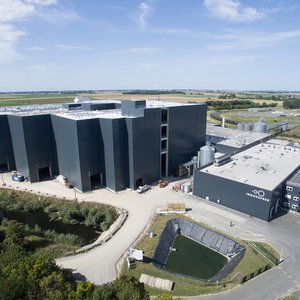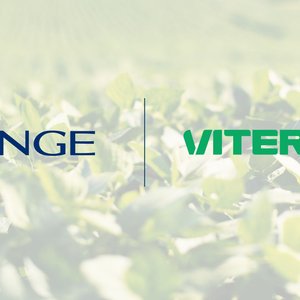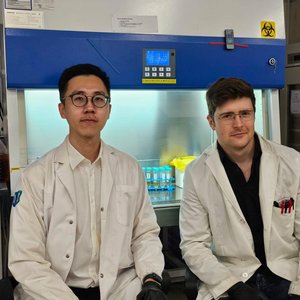Comparison of a transgenic specimen (bottom) and a wild one (top). Photo: IATS-CSIC
An international study led by the Higher Council for Scientific Research (CSIC) has identified a genetic mechanism that allows for larger fish in aquaculture without an increase in body fat or modifications to lipid profiles.
According to the authors of the article, published in the journal Hormones and Behaviour, these results will help further research on the factors that control growth and feed efficiency of cultured fish, and will open new avenues towards sustainable animal production systems.
\"By blocking the hormone system in zebrafish, neural systems that regulate satiety are modified so that these animals could eat more. When they are fed the same amount of food as unmodified fish, their weight increases by up to 60 % and their length increases by 15 %, showing greater feed efficiency,\" explains CSIC researcher José Miguel Cerda of the Aquaculture Institute Torre de la Sal.
\"The mechanism identified in the study is based on the inhibition of hormone melanocortin system. This system also controls dorsal-ventral pigmentation of the fish, so that transgenic specimens are easily identifiable,\" adds Josep Rotllant, CSIC researcher of the Institute of Marine Research in Vigo. This feature distinguishes them from transgenic salmon, whose marketing without the special labeling was approved in late 2015 by the US government.
\"In addition, unlike the zebrafish we worked with, transgenic salmon need to eat more to grow, and their appearance remains the same as that of their unmodified counterparts,\" says Cerda.
Partners involved in this study included the University of Vigo, the Institute of Biochemistry and Physiology Evolutionary St. Petersburg (Russia), Norwegians Institutes of Food, Fisheries and Aquaculture Research in Norway and Vanderbilt University (USA).
Learn more about CSIC.










